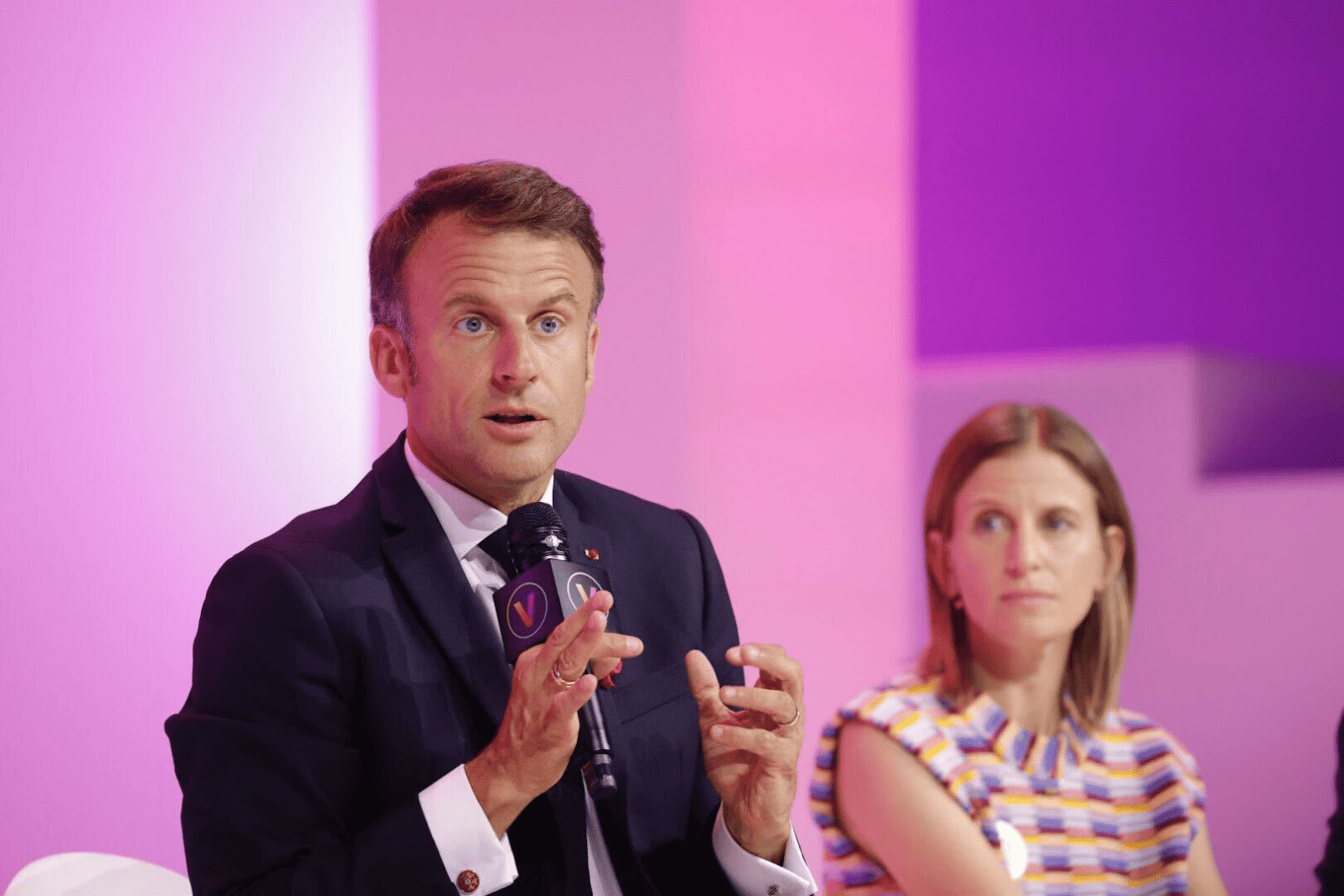
Concerns about the shortage of medical personnel continue to escalate worldwide. Artificial Intelligence (AI) developed by a research group at TU Darmstadt can come to the aid of less qualified personnel by helping them to perform screenings and even operations in tandem with a remote expert. “With a stable internet connection, our AI can help patients in rural areas all over the world,” says Anirban Mukhopadhyay, computer scientist at TU Darmstadt.
Just recently, research showed that in the Netherlands alone, the shortage of healthcare personnel will rise to 135,000 by 2031. The shortages are felt across the entire healthcare sector, including the operating room.
But the personnel shortage extends beyond the Netherlands. It is a global problem that especially affects developing countries, says Anirban Mukhopadhyay. He is a computer scientist originally from India and currently leads a research group at TU Darmstadt focused on AI in medical applications. “I have lived in India for more than 20 years and experienced the health care system there up close. I’ve seen people close to me die because the staff couldn’t figure out exactly when a patient in the ICU got infected by COVID-19. Once you’ve seen that, you know there are serious problems. Beyond major urban centers the country has a huge shortage of qualified staff.”

Shapes replace pixels
Technologies like surgical robots and artificial intelligence play a key role in solving the staffing problem, Mukhopadhyay is convinced. Here and there, these kinds of solutions are already being deployed. For example, Maastricht Hospital works with the Da Vinci Robot, a surgical system that uses a minimally invasive surgical approach. A surgeon works with a console that is almost completely separate from the robot.
With the help of an AI that understands the main surgeon and performs accordingly at the bedside as well as a stable network connection, surgeries could eventually be performed even while the patient is at a distance. Mukhopadhyay’s research group is well on its way to making that future dream a reality through an artificial intelligence that works differently from the mainstream AI currently used in medical care.
“Our AI works based on shapes rather than pixels,” the researcher explains. “In the medical world, we normally have to make do with a very limited amount of data and no two surgeries are completely the same. An AI that looks at pixels needs to cover a lot of search space. But if we include the shape knowledge of organs and tissues in our algorithms, you reduce that search space. That way, you don’t need a lot of data to still get a good picture of bones and structures in a body, and know how a patient is doing.”
Screening
The AI developed in Darmstadt can be used for screening purposes, among others, to support less qualified personnel in remote outlying areas in developing countries. “In rural parts of India, China and Africa, there may be a huge shortage of doctors, but mobile networks are ever-present in more and more remote areas. We want to make grateful use of that,” said Mukhopadhyay.
Take a Tuberculosis patient from India. It is a huge logistical challenge to get the sputum from a patient to the nearest test center, sometimes more than 500 kilometers away. “In this case, it works much better to drive a van past villages, capture x-ray images and send them over a mobile network. Then an AI can do a remote screening based on these images.”

Sub-millimeter work
The AI also comes in handy for high precision surgeries where the margin-of-error is often sub-millimeter, such as neurosurgeries or when placing hearing prostheses in the inner ear. “Before a prosthesis is placed, the skull must first be opened up to see what a patient’s anatomy looks like. This is necessary, as the ‘real’ surgery must be done very carefully after all; There are several nerve paths running to the ear that must not be touched. Otherwise, the face can partially paralyze the patient.”
“Surgical robots are precise, and minimally invasive. But these robots need to be navigated without any direct line-of-sight. We face a chicken-and-egg problem here as the navigational AI needs training data, and the robot needs trained AI to navigate.Our solution is to use preoperative computed tomography scans of the head to train the AI. This allows nerve pathways to be understood, based on little data. In this way, we ensure a safe way of working with the least possible burden on the patient.”
A long journey ahead
The research group still has a long way to go before the innovation can actually be applied in the medical world. “‘Patient safety first’ is our motto when doing translational research. We need to be sure that all systems work together safely. Translating research of surgical robotics into clinic takes time .” However, the researcher does see rapid progress for applications in the world of surgical training as well as screening and diagnosis.
More and more applications
Within upcoming years, the medical world will be using AI-augmented solutions for a broad spectrum of purposes, Mukhopadhyay predicts. “Whether it’s screening patients in Africa, assisting surgeons during high-precision surgeries or, in the (distant) future, even coming to the aid of doctors when they need to write up a patient report. Healthcare will experience radical changes in the coming years because of new technologies like AI. It’s a long battle to bring access to care for all. But it’s one that is worth fighting for.”







